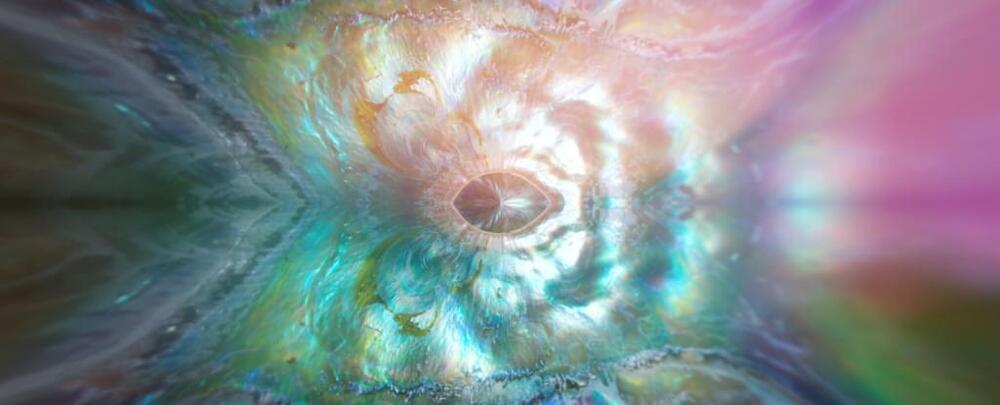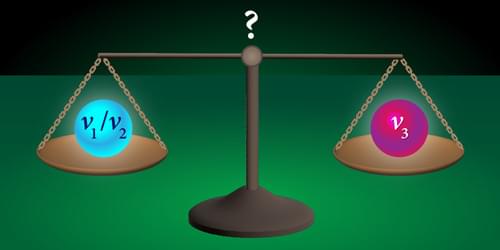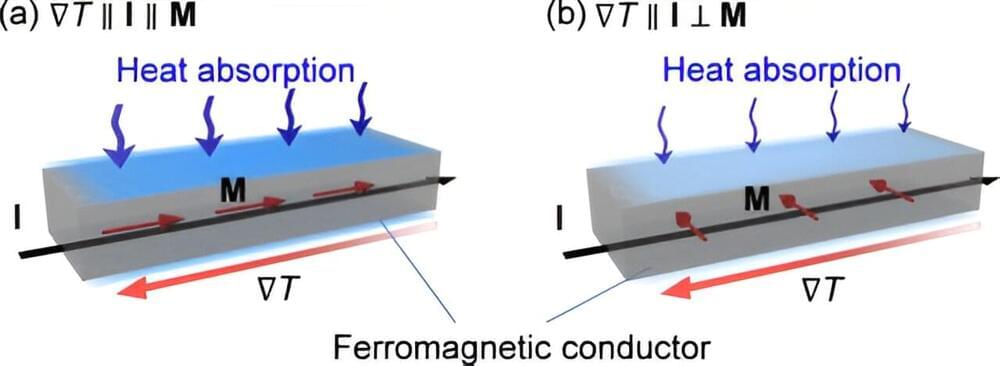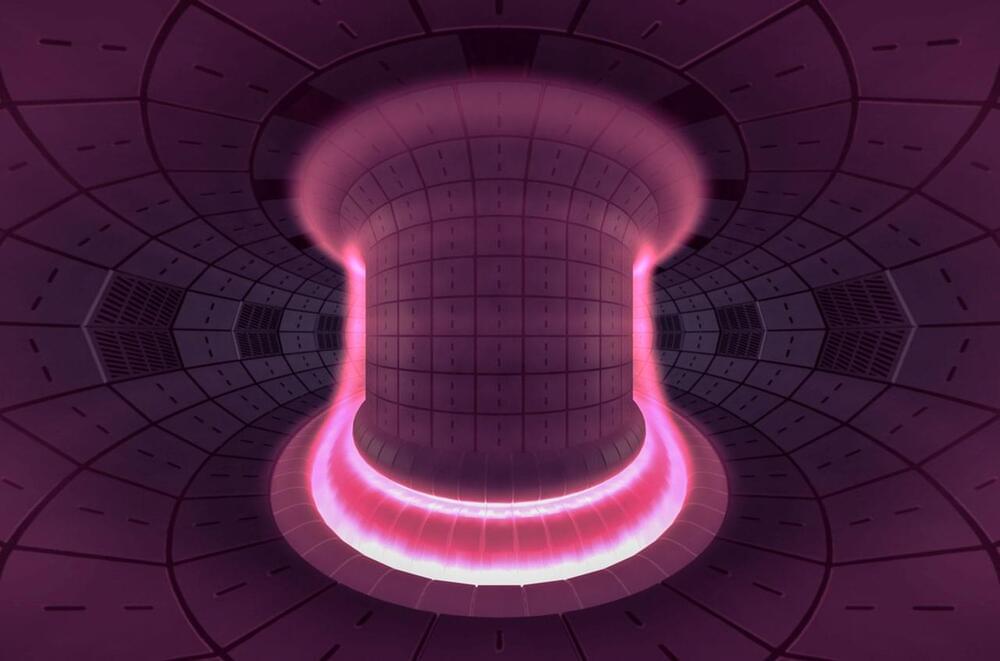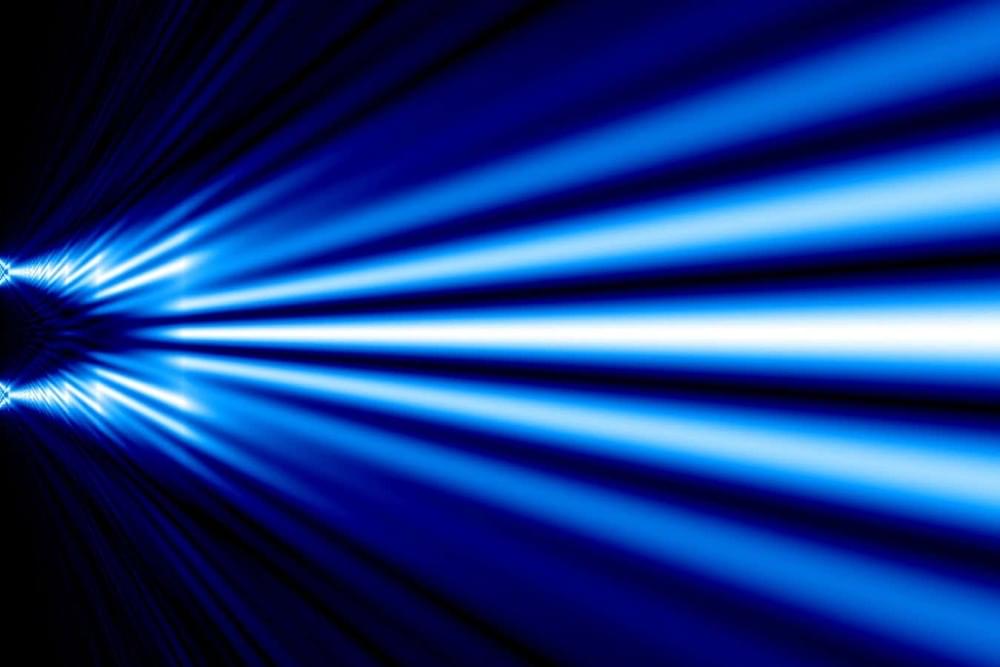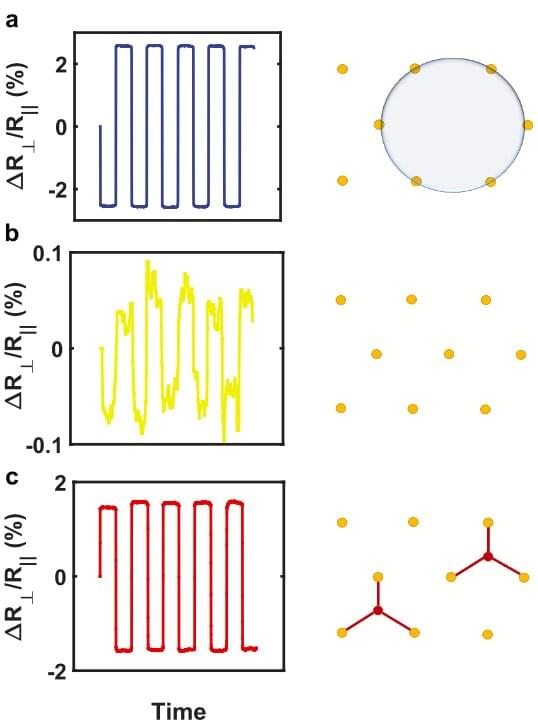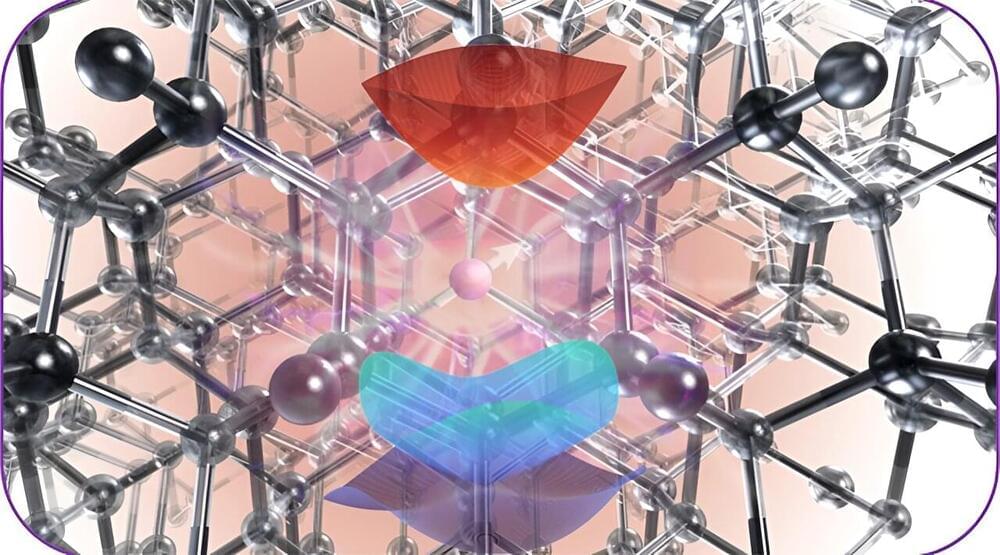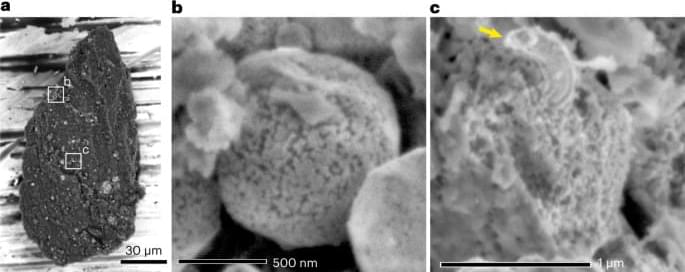Dec 25, 2023
Quantum Batteries Could Provide a New Kind of Energy Storage by Messing With Time
Posted by Paul Battista in categories: particle physics, quantum physics
In a typical battery, charged ions zip one way through a sea of other particles as the battery recharges, before racing back in the other direction to release the stored energy on cue.
Back and forth the ions go, some getting diverted along the way, until the capacity of the battery is drained, and it loses energy too quickly to be of any use.
But physicists, good on them, are imagining new ways of storing energy in handy portable devices by drawing on a strange quantum phenomenon that twists time, amongst other unusual happenings.
